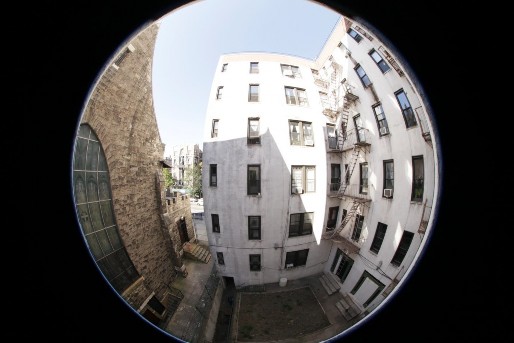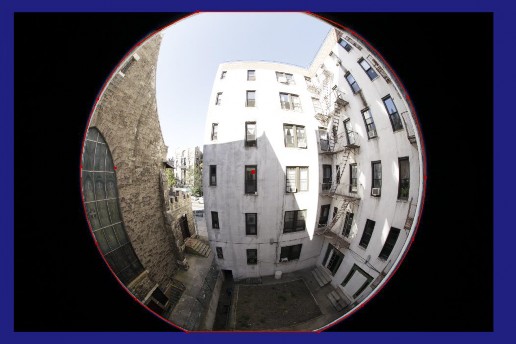< Previous | Contents | Manuals Home | Boris FX | Next >
Fisheye Lenses
Fisheye lenses have the interesting advantage that you can determine their field of view, because the distortion pattern is pre-determined. For each type fisheye, equisolid, orthographic, and stereographic the image displacement follows a specified curve based on the angle to the feature. You can read the details in the wikipedia article on fisheye lenses.
NOTE : as of SynthEyes 1806 and later, SynthEyes can calculate cubic and quartic distortion coefficients on "live shots" that can adequately describe fisheye lenses when the image is only a cropped portion of the overall fisheye image.
So the good news is that you can turn on "Calculate lens field of view" on the Lens Setting panel. And you can successfully Calculate lens Center.
The bad news is that real lenses don't follow these curves exactly.
Accordingly, you can have the calibration compute distortions, but you should stick with calculating only quadratic and maybe cubic distortions . If you permit the full quartic calculation, then you're moving away from the known lens distortion curve, and you can no longer calculate the lens field of view.
NOTE : you can compute field of view and full quartic distortions if you are doing a full random dot calibration.

When you have full-circle fisheye images like the one above, you must do two things.
First, set up a vignetting rotospline around it, as described in the section on Vignetted Lenses. If a full circle goes off the edge of the image, flatten the circle so that only the usable portion of the image is inside it, as shown below (note the control points along the spline).

Second, you should measure the width of the circle, in U values, and enter it as the lens radius on the Lens Settings panel. Otherwise the field of view will correspond to the entire image, which not only isn't true, but may not be even theoretically possible for some fisheye lens configurations. To measure the width, put the cursor over the left extremity of the circle, and record the U value from the status line. Do the same for the right extremity. Each value should be approximately the negative of the other. Average the two together ignoring the minus sign to find the average radius, ie subtract the negative from the positive. (Note that the true average is a good estimate of the lens center.)
Finally, notice that common fisheye lenses can have fields of view that approach or even exceed 180°. When you map a large field of view to a linear image plane, the required size and resolution of the image quickly head towards infinity! You can start with an HD image, only to discover that a near-180 field of view would require hundreds of thousands of pixels across.
The Output Settings panel does contain a control to limit the Maximum field of view, and thus the maximum image size. You can use that if it suits your purposes.
Alternatively, you should or must consider using the Create 360VR output setting, which allows you to handle fisheye lenses even with a field of view over 180°.
SynthEyes's direct 360VR solving capabilities will then let you work with those images.
©2023 Boris FX, Inc. — UNOFFICIAL — Converted from original PDF.
